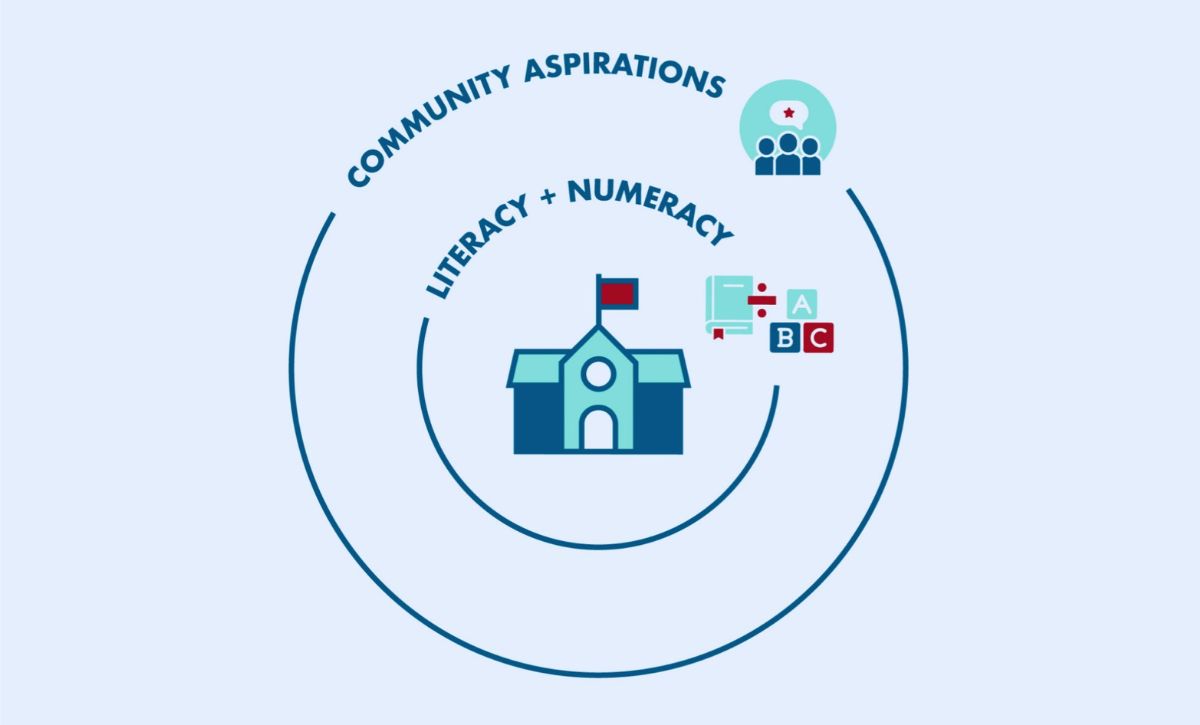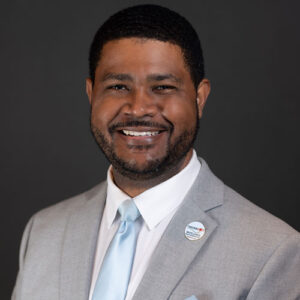Rausch: 10 Steps Toward Measuring Great Schools During and after the Pandemic
What is an excellent school? How do we know? Who gets to define it? These questions are more important now than ever

Get stories like these delivered straight to your inbox. Sign up for The 74 Newsletter
What is an excellent school? How do we know? Who gets to define it? These questions have always been at the heart of schooling. They are even more important to answer now, as relationships between families and schools have notably shifted due to the global pandemic.
Ensuring schools are excellent has always been at the center of our work at the National Association of Charter School Authorizers. But how excellence is defined must evolve to meet new demands and expectations. That’s why NACSA and our partners have been developing new ways to broaden how school quality is defined. A few key lessons:
1. Statewide, disaggregated, comparable assessments in literacy and numeracy must remain a K-12 cornerstone. These tests are essential to understanding how students are recovering from the pandemic and how taxpayer dollars are being spent. They also ensure that students — particularly lower-income students, those with disabilities and children of color who have been most impacted by the pandemic — are learning at accelerated rates. There should also be space for innovation in assessment design, as long as it produces comparable, disaggregated data that a wide range of stakeholders can use.
2. Families are the most important — and often forgotten — element in defining great schools. While assessing family demand and satisfaction, usually measured by school enrollment and parent surveys, is an important factor in school quality, engaging families must go deeper. They should be given the opportunity to articulate what they need schools to do for students, and those perspectives must be central in how school quality is defined.
3. Additional rigorous measures help determine what makes a school great. Schools must equip students to live healthy lives, meet the diverse interests and needs of families and communities, and provide real and clear opportunities for students to pursue their chosen futures. Rigorous measures of quality aligned to a school’s mission, like enhancing student leadership or strengthening mental health, provide insight into how well schools are delivering for students and communities.
4. Cultural competency matters in defining quality. Deeply valuing family and community perspectives — especially those from marginalized groups — has another critical benefit: avoiding culturally incompetent ways of defining quality. While supporting students in developing resilience or self-awareness can be greatly beneficial, how and why a school chooses additional measures needs to be closely examined for unintentional bias. Families and communities can provide essential context on how students may already be succeeding in their day-to-day lives and how those accomplishments could be built into new measures of school quality.
5. Customize, don’t unilaterally impose, new measures of school quality. It is best to tailor rigorous measures of quality to the individual school, rather than across all schools in a state, district or other jurisdiction. Beware of new, universally applied measures of school quality, such as requiring all schools to administer the same assessment of social-emotional learning and setting the same annual improvement goals for accountability. Student outcomes will look different in different places, and a unilateral measurement may not respond to what families in that community need.
6. But make sure those custom measures are rigorous. Allowing schools to have different ways of defining quality can contribute to lower standards, or to bad schools finding new ways to avoid consequences. That’s why new measures must be publicly scrutinized, developed with many key stakeholders and rigorous. New measures should be challenging to achieve, have meaning to stakeholders and be relevant to critical student outcomes. Using multiple measures of school quality should not be a tool for explaining away low-performing schools.
7. Distinguish measures in a school’s formal accountability record from results designed to internally drive school or classroom performance. While there is a need for more good ways of knowing how schools are advancing, not every goal or initiative should be a part of a formal accountability plan. There are some interesting frameworks for thinking about the distinction at the federal/state levels and important cautions about using some measures in a high-stakes context.
8. Education leaders must strengthen how evidence is used and evaluated. In our research and development work with the SUNY Charter Schools Institute and the National Charter Schools Institute, NACSA learned it’s hard work to figure out the best sources of evidence to demonstrate progress (or not). For example, a school that has a mission of enhancing student agency and defines it in a culturally appropriate way may find an off-the-shelf assessment to evaluate how well it is achieving that goal. But more likely, the school or authorizer will need to design its own valid and reliable data collection method. Stakeholders need to understand what evidence the school has and/or can collect and be skilled in determining the quality of that evidence and subsequent evaluations of success. Community partners, assessment experts and cross-school collaboration can be helpful partners here.
9. Oversight bodies, schools and families need to understand how school quality information will be used. This avoids “gotcha” scenarios, which force schools to spend unneeded time responding to non-performance compliance issues at the expense of teaching and learning. When school underperformance is clear and intervention is needed, it shouldn’t come as a surprise to the school or families. Well-structured performance contracts, a calendar of reporting requirements and clear distinctions between issues that trigger oversight body action and those that will not can go a long way to maximize time spent on teaching and learning.
10. Great education leaders make information public and easy to understand. Providing public access to student performance, student and staff backgrounds, performance frameworks, accountability reports, financial performance and school initiatives, for example, is best practice and something great charter school authorizers do. Such information can be one source families use to make nuanced and important judgments about what school is best for their child’s unique aspirations and needs.
The work of evolving definitions of excellence in schools is complex and nuanced, but the opportunities to meet the needs of communities and students are great. While there remains much learning and work to do, NACSA is committed to expanding the possibilities for great, high-quality, innovative schools that communities are demanding now more than ever.
Get stories like these delivered straight to your inbox. Sign up for The 74 Newsletter

;)
